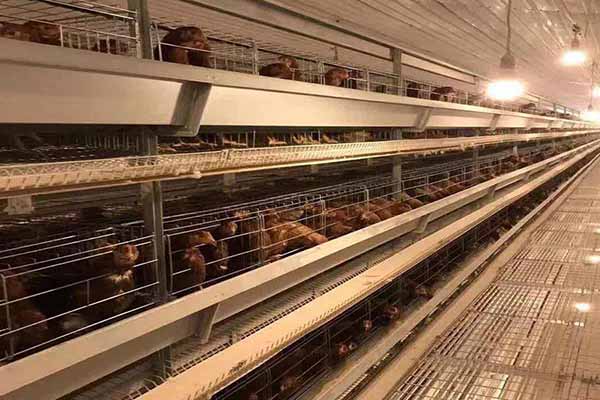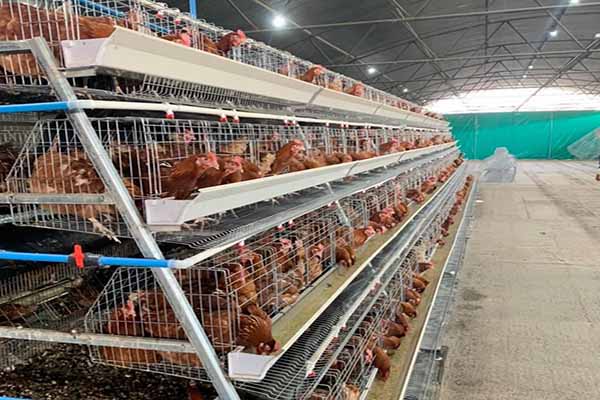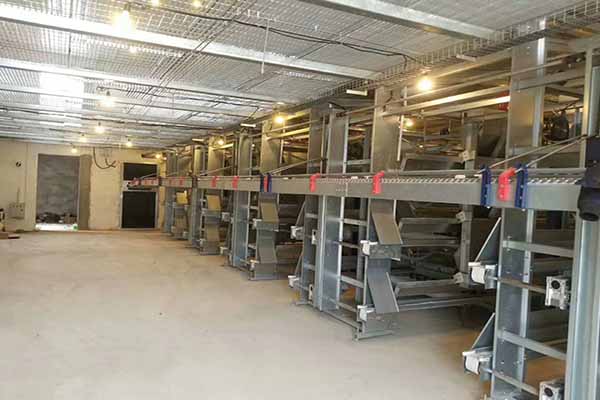Optimized Poultry Ventilation System for 200,000 Chickens in Togo: A Comprehensive Guide
Chicken farming has become an essential industry in Togo, with many investors looking to capitalize on this growing market. To ensure a successful poultry operation, especially for a large-scale farm housing 200,000 chickens, a well-designed ventilation system is crucial. This article delves into the considerations and components of an optimized poultry ventilation system tailored for such a farm.

Understanding Poultry Ventilation Needs
Proper ventilation is essential for maintaining a healthy environment in poultry farms. It not only ensures the safety of the chickens but also optimizes growth and production. The key factors to consider in poultry ventilation include:
- Airflow Rate: The system should provide a sufficient airflow rate to maintain air quality and temperature control.
- Humidity Control: High humidity can lead to diseases and reduced egg production, while low humidity can cause respiratory issues.
- Odor Control: Efficient ventilation can help in reducing odors, making the environment more comfortable for the chickens and farm workers.
- Energy Efficiency: A well-designed system should minimize energy consumption, saving costs in the long run.
Components of an Optimized Ventilation System
A ventilation system for a 200,000 chicken farm in Togo should include the following components:

- Intake Fans: These fans are responsible for drawing in fresh air from the outside, ensuring the required airflow rate.
- Exhaust Fans: These fans expel stale air and heat from the farm, maintaining the desired indoor conditions.
- Air Filters: Air filters help in removing dust, pathogens, and other contaminants from the air, improving the overall air quality.
- Humidity Controllers: These devices regulate humidity levels to prevent the risk of diseases and maintain optimal growth conditions.
- Automated Control Systems: Automation ensures that the ventilation system operates efficiently, even when human supervision is not available.
Case Study: A Successful Poultry Farm in Togo
One of the leading poultry farms in Togo, Farm Togo Ltd., has implemented an optimized ventilation system to manage their 200,000 chicken flock. The system has resulted in the following benefits:
- Reduced disease incidence by 30%.
- Increased egg production by 20%.
- Lower energy costs by 25%.
Conclusion
In conclusion, an optimized poultry ventilation system is essential for a successful large-scale chicken farm in Togo. By considering the airflow rate, humidity control, odor control, and energy efficiency, farm owners and investors can create a healthy and productive envir onment for their chickens. To learn more about custom ventilation solutions for your farm, contact LIVI Mechanical for a free poultry design plan and equipment quote.
onment for their chickens. To learn more about custom ventilation solutions for your farm, contact LIVI Mechanical for a free poultry design plan and equipment quote.




